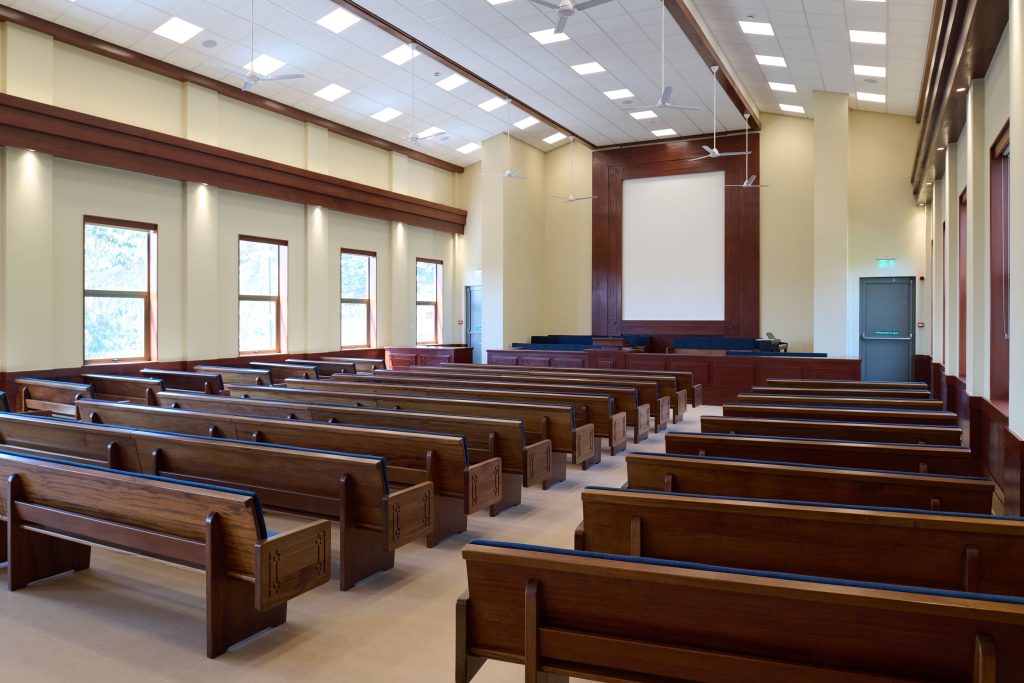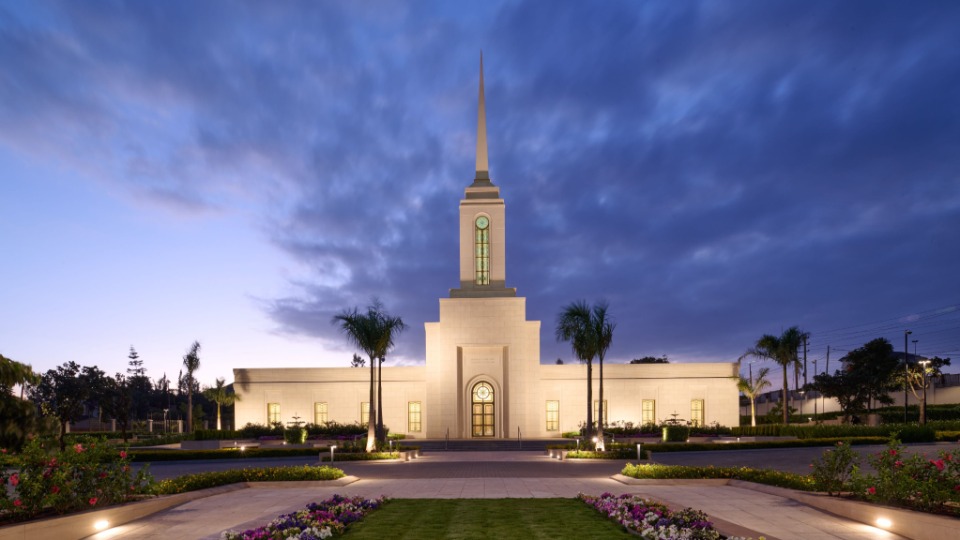In the 1960s, a small group of expatriates gathered in homes across Kenya, marking the inception of The Church of Jesus Christ of Latter-day Saints in the region.
Operating as an unofficial branch from 1967 to 1970, these early members fostered a sense of community and faith. During this time, Kenyans living abroad began to learn about the Church, leading to a few baptisms and a growing interest in its teachings.
A pivotal moment in the Church’s history came in June 1978 when President Spencer W. Kimball received a revelation extending the blessings of the priesthood and temple access to all worthy members, regardless of race. This revelation catalyzed the Church’s expansion in Africa.
In 1979, Elizaphan Osaka and his family became the first Kenyans baptized within their homeland, paving the way for a burgeoning faith community.
The arrival of the first missionaries, Farrell and Blanche McGhie, in 1980 was a significant milestone. Their mission included registering the Church with the Kenyan government, an essential step for official recognition that would allow proselytizing and property ownership.
Despite the challenges of legal recognition, the Church’s membership grew organically. By 1981, the first district was created, with branches in Nairobi and Kiboko. Local members, such as the Kasue brothers, began to take on leadership roles, fostering a spirit of service and commitment.

Julius Kasue, for instance, was authorized to start a Sunday School in his father’s home, demonstrating the grassroots nature of the Church’s growth.
In a remarkable show of solidarity, members in the United States and Canada raised over $10 million in response to a devastating famine in Africa in 1985. This funding facilitated the construction of the Ngorika Water System, providing clean drinking water to thousands in central Kenya.
However, the Church faced significant hurdles. By 1989, concerns over its tenuous legal status led leaders to suspend missionary activities temporarily. Yet, local members, organized by Joseph Sitati, lobbied for registration, culminating in a pivotal meeting with Kenyan President Daniel Arap Moi in 1991.
The Church’s official registration on February 21 marked a new chapter in its history.The establishment of the Kenya Nairobi Mission on July 1, 1991, allowed for a more structured approach to worship across Kenya, Tanzania, and Uganda.
Elder James E. Faust’s visit to Nairobi that October signified the Church’s commitment to spreading the gospel, emphasizing prayer for unity and respect among Kenyans.
By 1994, the first permanent chapel in East Africa was completed in Langata, Nairobi, followed by a stake center in Buruburu. These developments underscored the Church’s commitment to serving its members and fostering community.

In January 1996, political tensions led to the expulsion of young non-Kenyan missionaries, prompting local leaders to train Kenyan youth for service. The Church adapted and thrived, and by 1998, restrictions on foreign missionaries began to ease.
The late 1990s brought further progress. President Gordon B. Hinckley’s visit in 1998 inspired members with the promise of a future temple in Kenya.
The Church continued to expand, with the translation of the Book of Mormon into Swahili completed in 2000 and the first stake established in Nairobi in 2001.
Today, over 22,000 members worship in 74 congregations across Kenya. The Church actively engages in humanitarian efforts, providing food, clean water, and health services to those in need.
The Nairobi Kenya Temple, set to be the first in the country, symbolizes the culmination of decades of faith, perseverance, and community service.
At its heart, The Church of Jesus Christ of Latter-day Saints emphasizes a belief in the Godhead: God the Father, Jesus Christ, and the Holy Ghost. The Church is distinct in its teachings, viewing itself as a restoration of the original Church established by Jesus.

Central doctrines include the necessity of divine priesthood authority and continuing revelation, with leaders regarded as prophets.
Family relationships are paramount, with temple covenants seen as eternal.The Church stands firm against practices like abortion and gambling, advocating for tithing and responsible living.
With over 50,000 missionaries worldwide, the Church remains committed to spreading its message and serving communities, embodying the principles of faith, patience, and service that characterize its journey in Kenya.




